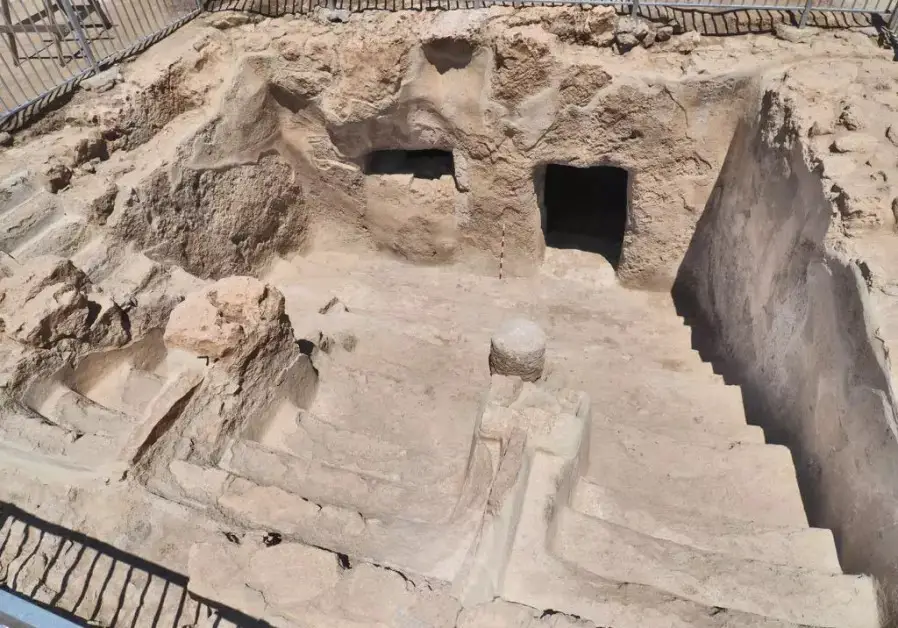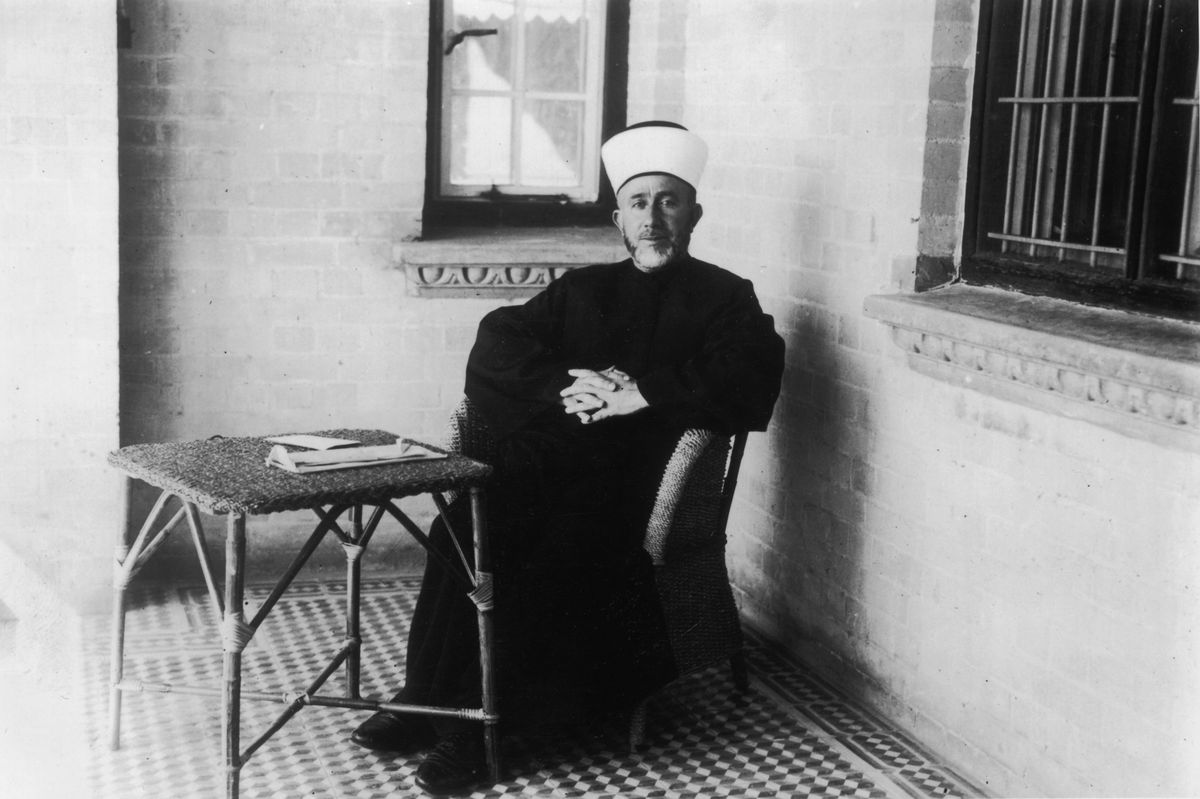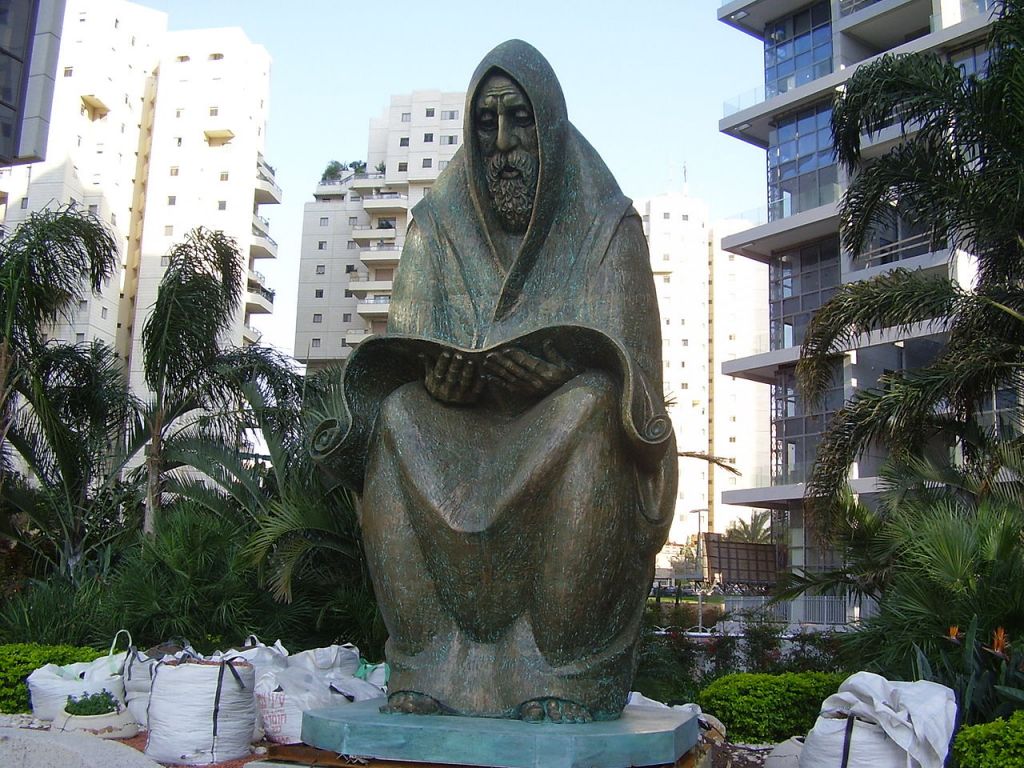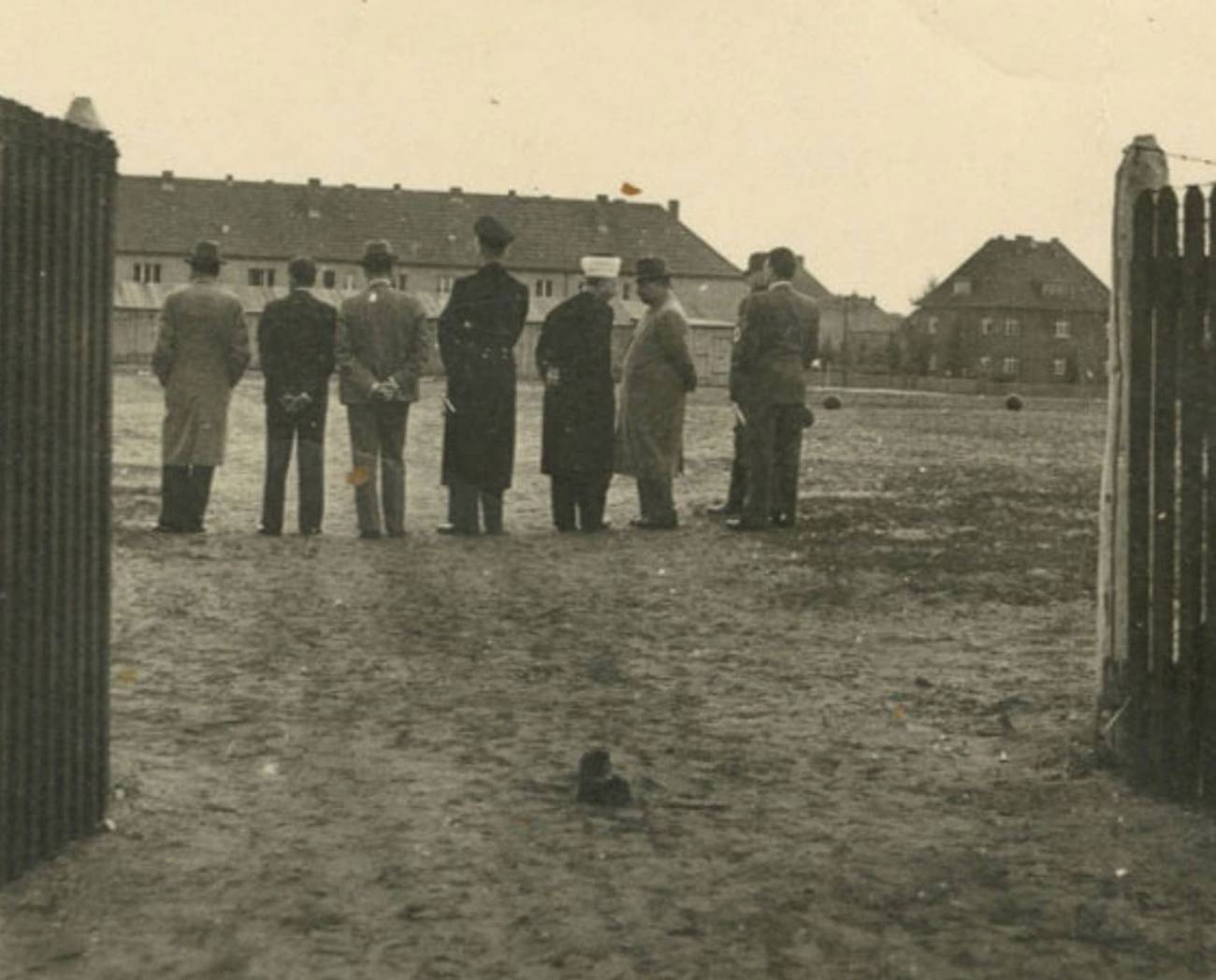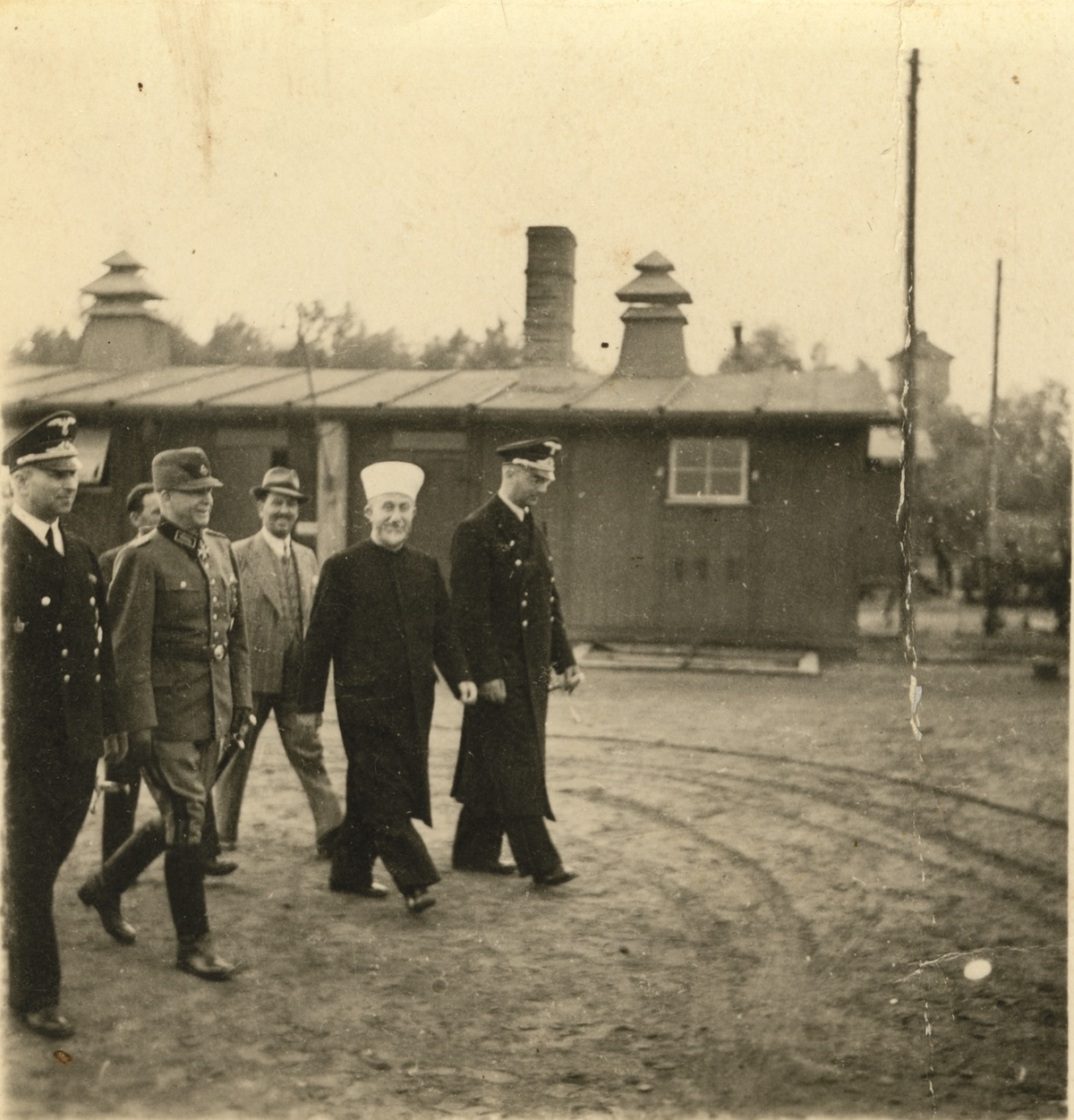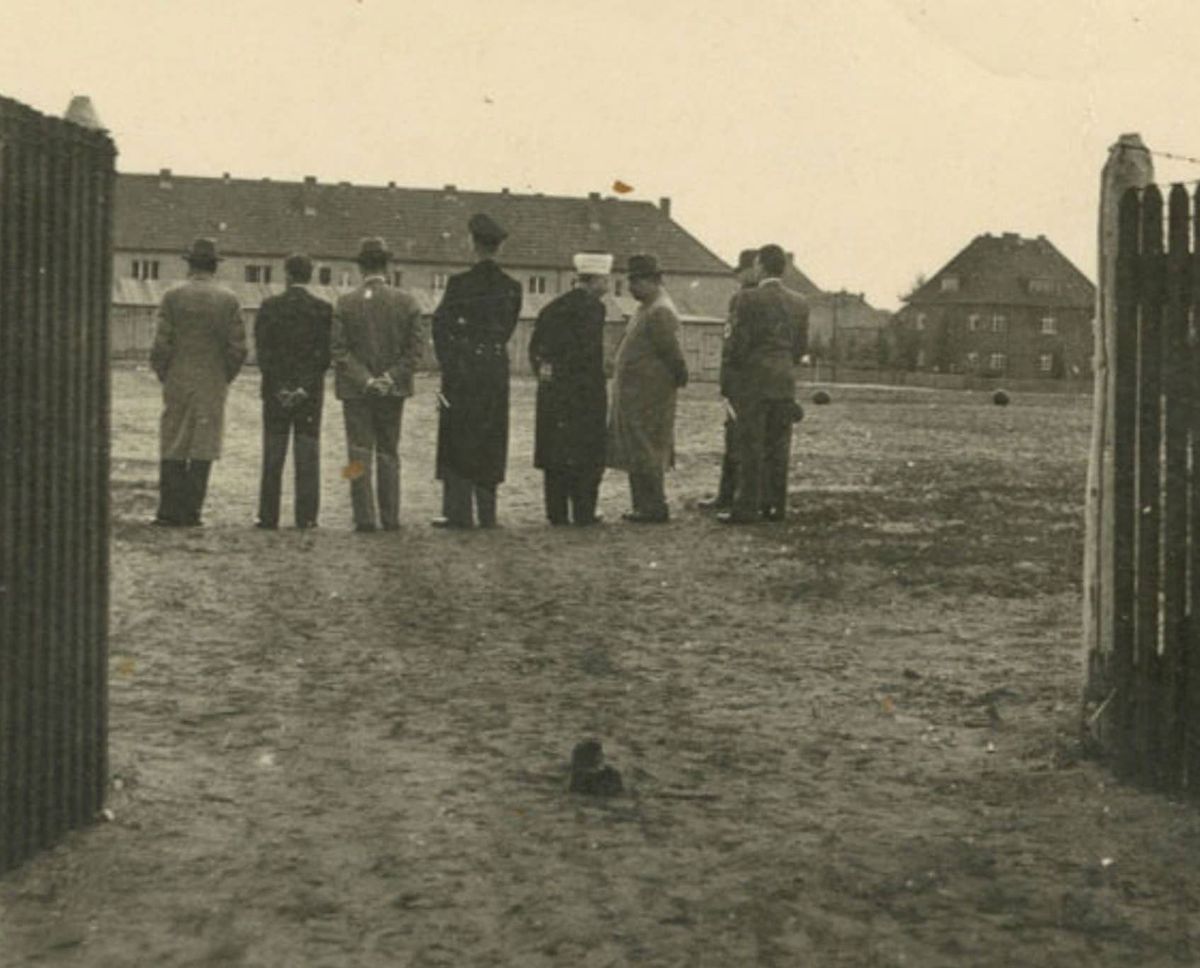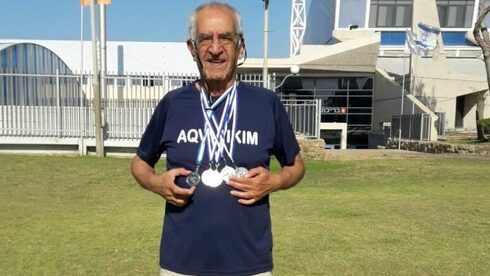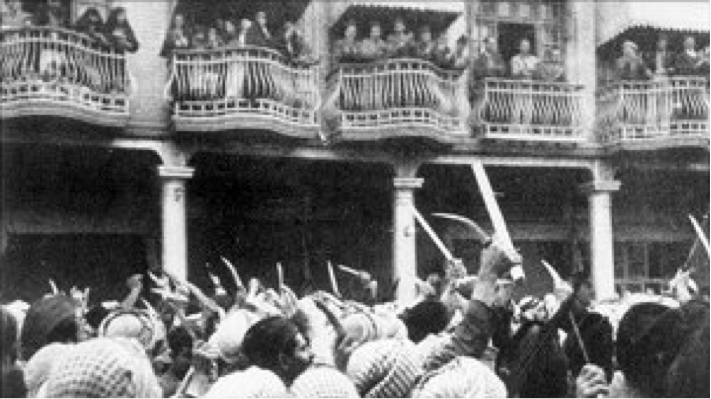Sixties Fan
Diamond Member
- Mar 6, 2017
- 57,659
- 10,941
- 2,140
- Thread starter
- #101
There is no such thing as Arab Jews. Jews are not Arabs, and never have been.Second class citizens
Under Arab rule, Jews, Christians and other non-Muslims were considered dhimmis, or second-class citizens. This status meant Jews had to pay a special yearly tax, could not build synagogues or too openly practice their religion. To further reinforce their lower status, dhimmis could not build homes as tall as the Muslims, were required to dress differently, and weren’t allowed to ride horses — only donkeys. Jewish orphans were frequently removed from the community and forcibly converted to Islam. In North Africa, Jewish communities had to live in a ghetto (mellah). For better (and sometimes for worse), Arab rulers weren’t consistent on enforcing these rules.
Demonstrating the precariousness of Jews in the Arab world was the Damascus blood libelof 1840. When a Capuchin friar and his Muslim servant disappeared, a rumor began that the two had been murdered by Jews who wanted to use their blood for Passover. Several Jews were arrested, some of whom died under torture while others “confessed.” The remaining detainees were saved thanks to the intervention of Sir Moses Montefiore and others. However, Mitchell Bard explains, the affair left behind a bitter, lasting legacy:
The idea that the ritual murder case had been conclusively proved in Damascus and the prisoners only released for political reasons or because of bribery now became a key theme repeated at length in an extensive series of antisemitic journals and books,
Despite their “otherness,” Jews still managed to contribute to Arab culture and politics. Some of the notable personalities included:
By the early 1900s, much of the Arab world was ruled by the European powers. On one hand, this opened doors for Jews to advance in education, business and government. But it also placed them between the forces of European colonialism and restless Arab nationalism.
- Ya’qub Bilbul: the father of the Iraqi novel and short story.
- Togo Mizrahi: an Egyptian director, actor, producer, and screenwriter.
- Saleh and Daoud Al-Kuwaity: brothers whose songs are considered Arab classics.
- Sir Sassoon Eskell: statesman and financier instrumental in establishing the Kingdom of Iraq.
- Alphonse Halimi: world champion boxer from Algeria.
- Sheikh El Afrit (Issim Israel Rozzio): one of Tunisia’s most prolific songwriters.
(full article online)
The Forgotten Jewish Refugees From Arab Lands | HonestReporting
The Arab Jews would still be living all over the Arab world if not for European Zionism.
There really was no Arab Nationalism until the Zionistts showed up.. Hebron was an Arab city for 1500 years.
Hebron - Wikipedia

Hebron - Wikipedia
en.wikipedia.org
In 1820, it was reported that there were about 1,000 Jews in Hebron. In 1838, Hebron had an estimated 1,500 taxable Muslim households, in addition to 41 Jewish tax-payers. Taxpayers consisted here of male heads of households who owned even a very small shop or piece of land. 200 Jews and one Christian household were under 'European protections'. The total population was estimated at 10,000. In 1842, it was estimated that about 400 Arab and 120 Jewish families lived in Hebron, the latter having been dimi…
Retire your endless ignorance and willingness to destroy any all of Jewish History.
No one with a brain is interested.

